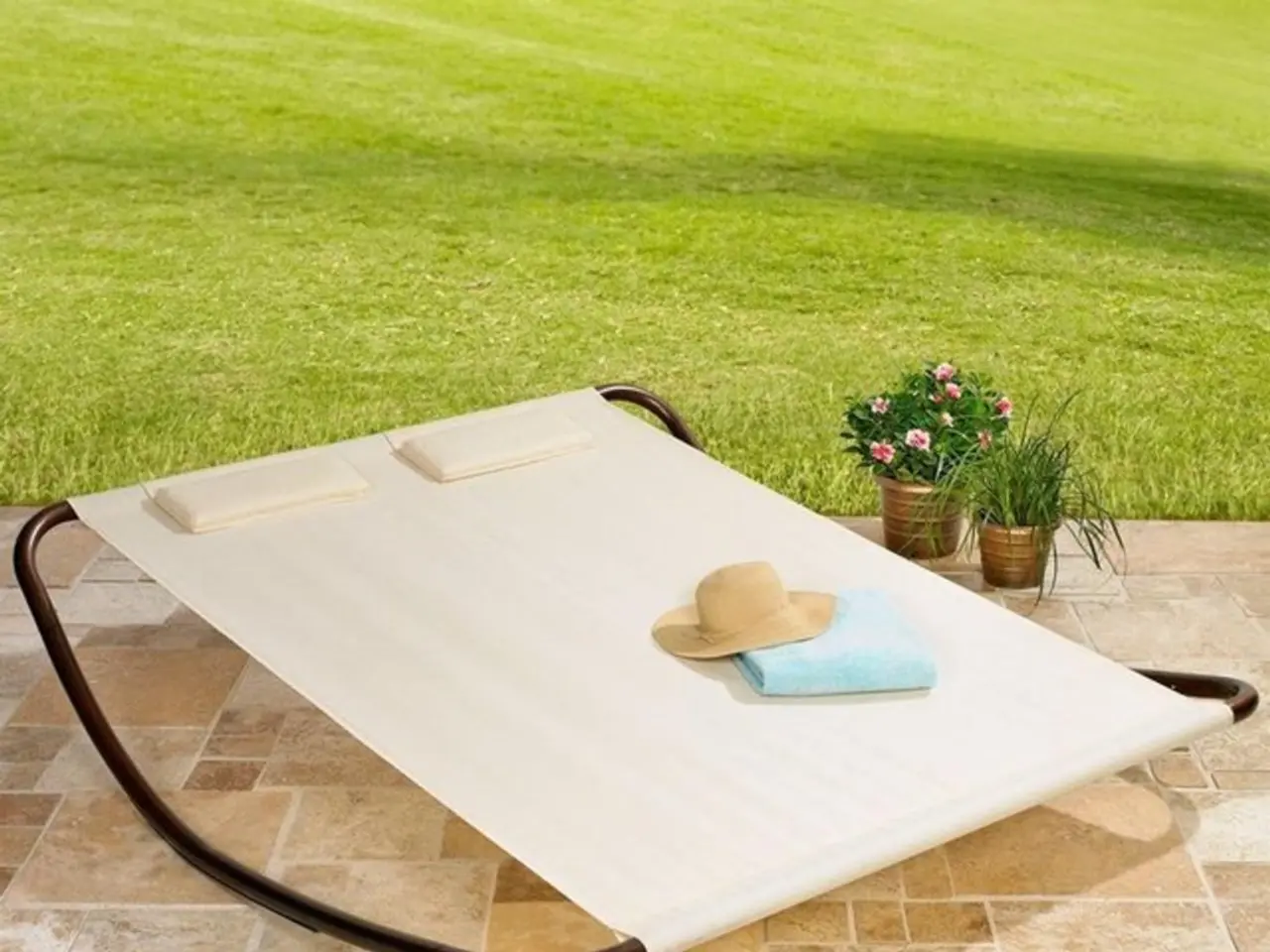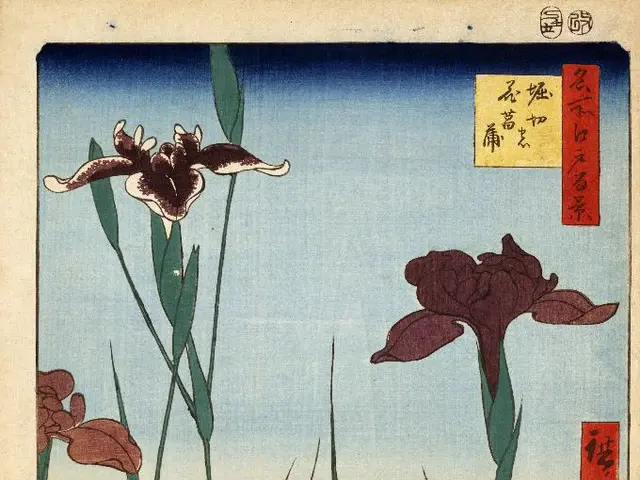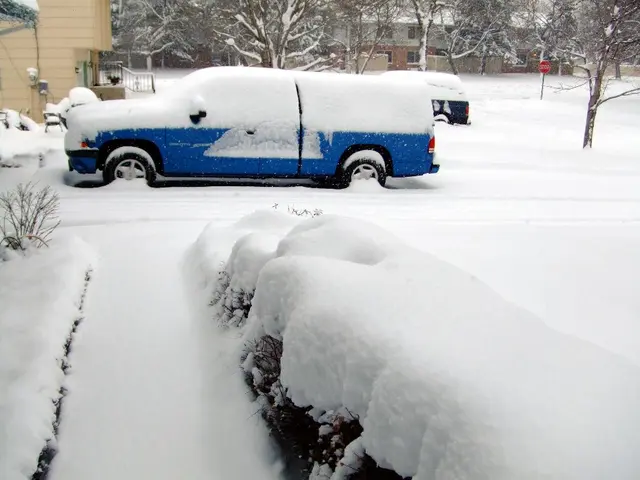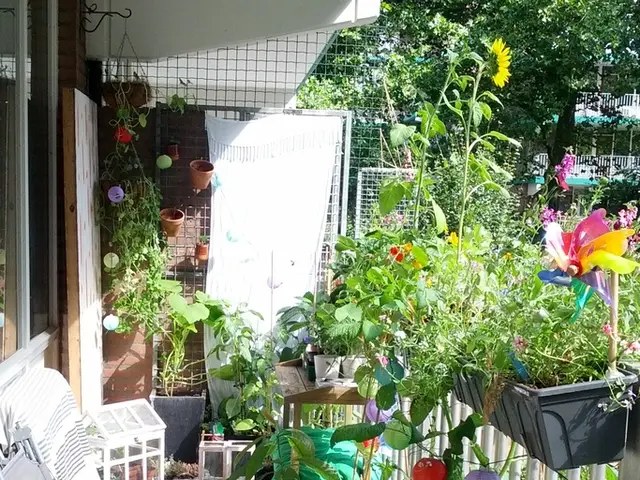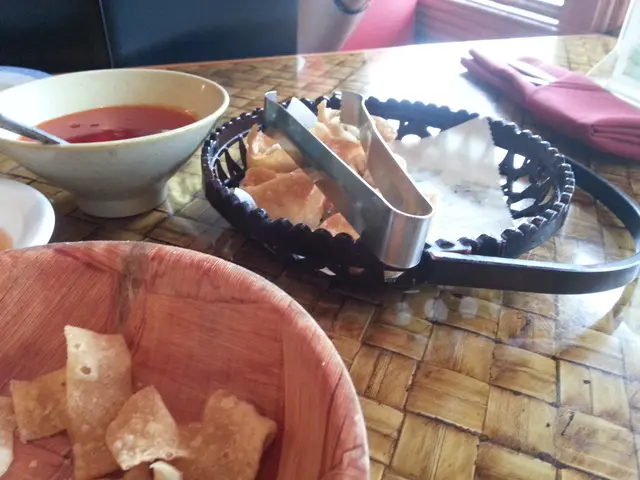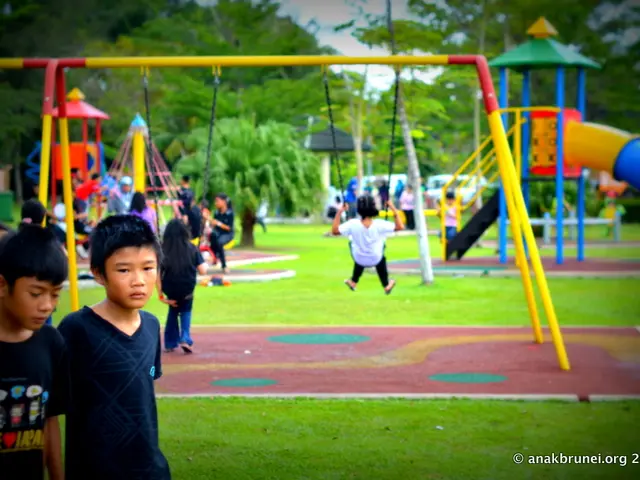Pondering Over the Utility of Landscape Fabric for Elevated Planting Containers: To Employ or Abstain?
Hey there, gardening enthusiasts! Dive into the great debate on whether to use landscape fabric at the bottom of your raised bed. Some people swear by it for weed control, separation of soil, and pest management. Yet, others say it causes issues by restricting root growth, negatively impacting drainage, and limiting soil life.
In this post, we'll weigh the pros and cons, explore alternatives, and provide tips to help you make an informed decision for your garden!
Pro landscape fabric pros:
- Weed suppression: Landscape fabric blocks weeds and invasive grasses, particularly useful in areas with aggressive weeds like Bermuda grass or quackgrass.
- Separation from soil: It can separate your high-quality soil from poor, rocky, or contaminated native soil, improving soil quality in raised beds.
- Pest control: Fabric can serve as a partial barrier to burrowing pests.
Anti landscape fabric cons:
- Root restriction: Over time, roots may grow down to the fabric and stop, limiting root growth and leading to shallow root systems and weaker plants, especially for deep-rooted vegetables.
- Poor drainage: Although landscape fabric is breathable, it can become clogged with soil particles, reducing water movement and leading to soggy or compacted soil at the bottom.
- Effect on soil life: A barrier like fabric can disrupt the ecosystem of worms, fungi, and beneficial microbes that move between layers, negatively impacting long-term soil health and fertility.
- Repair and replacement: Once your bed is filled and planted, it's difficult to fix or replace damaged or failing fabric.
So, what are the alternatives?
- Cardboard and newspaper: Laying down a few layers helps suppress weeds, breaks down over time, and feeds the soil as it decomposes.
- Hardware cloth: A metal mesh that offers long-lasting pest control, but it's more expensive and labor-intensive to install.
- Fabric-free: Focus on good soil practices and using natural weed suppression methods to create a thriving garden ecosystem.
When might landscape fabric make sense?
- Shallow raised beds: Over weedy ground, or temporary solutions when reclaiming overgrown spaces.
- Contaminated soil: When building on old industrial sites, creating a strong separation is crucial.
Remember, a thick mulch layer on top of your raised bed can prevent most weed problems while providing nourishment for the soil.
Our recommendation:
In most cases, it's best to skip landscape fabric at the bottom of raised beds. With its potential downsides like restricted roots, reduced soil life, and poor drainage, the benefits aren't usually worth the hassle. Instead, focus on building living soil and using natural weed suppression methods that work with your garden's ecosystem. Happy gardening!
- Landscape fabric can be a suitable choice for shallow raised beds with weedy ground, especially when temporarily reclaiming overgrown spaces.
- In the realm of home-and-garden lifestyle, there are alternatives to landscape fabric for gardening, such as using cardboard and newspaper for weed suppression, hardware cloth for long-lasting pest control, or adopting a fabric-free approach that focuses on building living soil and utilizing natural weed suppression methods.
